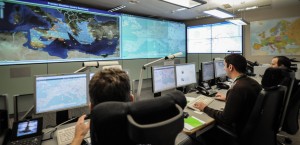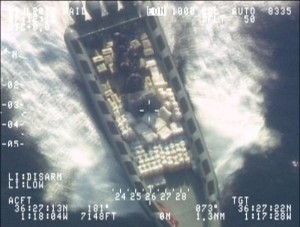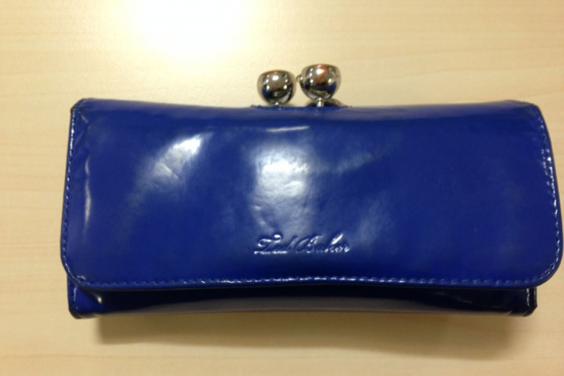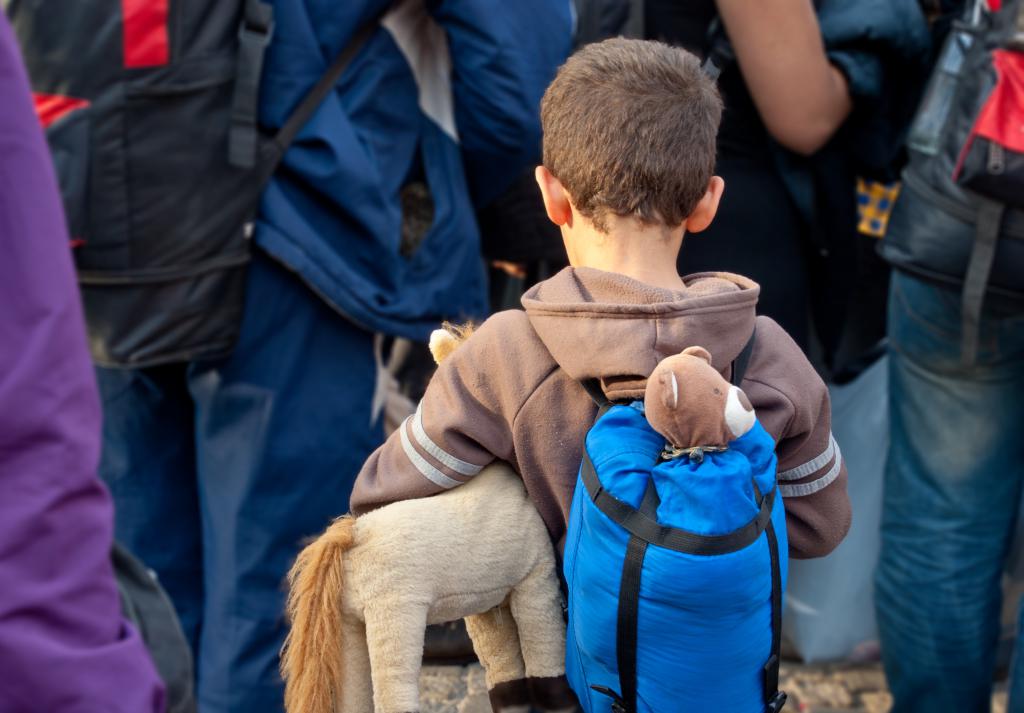It launches December 2nd and will coordinate police from different member states in real time Malmström: “It will allow us to save migrants in danger and stop boats from trafficking drugs”
 The new program to improve surveillance of European Union external borders is on the starting block. On December 2nd Eurosur “an authentic European solution which will help save lives of migrants travelling on overcrowded and unseaworthy boats, to avoid further tragedies in the Mediterranean and also to stop speed boats from transporting drugs” declared Cecilia Malmström, EU Commissioner for Home Affairs. Essentially, thanks to a single control center, the use of satellites and advanced technological devices, Eurosur will allow coordination from various national police forces in a way to be able to work together to prevent cross-border crimes more quickly like smuggling or human trafficking and regarding potential emergencies for illegal immigration, in order to avoid tragedies like the one in Lampedusa. “Reaching this objective depends to a certain degree on a timely exchange of information and coordinated efforts between national and Europeans organizations: EUROSUR provides this framework, in full respect of the international obligations,” explained Malmström.
The new program to improve surveillance of European Union external borders is on the starting block. On December 2nd Eurosur “an authentic European solution which will help save lives of migrants travelling on overcrowded and unseaworthy boats, to avoid further tragedies in the Mediterranean and also to stop speed boats from transporting drugs” declared Cecilia Malmström, EU Commissioner for Home Affairs. Essentially, thanks to a single control center, the use of satellites and advanced technological devices, Eurosur will allow coordination from various national police forces in a way to be able to work together to prevent cross-border crimes more quickly like smuggling or human trafficking and regarding potential emergencies for illegal immigration, in order to avoid tragedies like the one in Lampedusa. “Reaching this objective depends to a certain degree on a timely exchange of information and coordinated efforts between national and Europeans organizations: EUROSUR provides this framework, in full respect of the international obligations,” explained Malmström.
Eurosur will be introduced gradually on December 2nd 2013 in 18 EU member states at the southern and eastern external borders and the Schengen associated country Norway. The remaining 11 EU member states and Schengen associates will meet in a year on December 1st 2014.
The backbone of EUROSUR is formed by ‘national coordination centers’ through which all national authorities with a responsibility for border surveillance (e.g. border guard, police, coast guard, navy) are required to cooperate and to coordinate their activities. Such national authorities exchange information on incidents occurring at the external land and sea borders, status and position of patrols, as well as analytical reports and intelligence. Each center can see what is happening at the borders of other countries in real time and the various police can video conference, ask one another for help when needed, and exchange privileged information safely and use satellite images taken by authorities.
To facilitate this job the external land and sea borders have been divided into “border sections” and a low, medium or high ‘impact level’ is being attributed to each of them, similar to a traffic light. This approach allows identifying hotspots at the external borders, with a standardized reaction at national, and if needed, European level.
Special emphasis has been given to ensure the compliance with fundamental rights and obligations under international law. For instance priority must be given to vulnerable persons, such as children, unaccompanied minors or persons in need of urgent medical assistance. The EUROSUR Regulation clearly stipulates that Member States and Frontex must comply fully with the principles of non-refoulement and human dignity when dealing with people in need of international protection.


![La bandiera della Regione Lombardia [foto: Wikimedia Commons]](https://www.eunews.it/wp-content/uploads/2022/09/lombardia.png)








